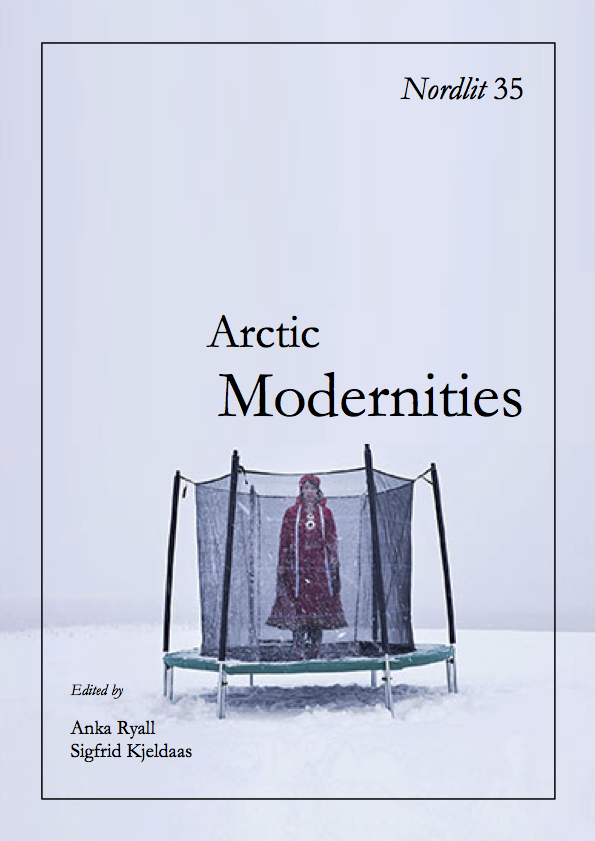Mythos of the North Pole: The Top of the World
DOI:
https://doi.org/10.7557/13.3422Keywords:
Mythopoetics, Soviet Arctic, top of the world, theories of the northward course of civilizationAbstract
Not a few early twentieth-century cultural histories conceive of the development of humanity in modern times as a northward shift of the civilizational centre. In this thinking, they transform into narrative and geography the static image of a cosmos constructed along one axis of the globe, based on the Christian story of salvation. In this notion of the cosmos, with its upward-oriented vertical axis understood as a sign of hierarchical order, these histories refer back to a global symbolic legacy with origins in the cosmologies of very different cultures: the idea of the world as a mountain, the world with a mountain and a summit at its centre. In my article I trace the history of this image and its visualization from European antiquity onto the peak of heroic modernism in the first half of the twentieth century. In conclusion I ask what kind of transformation this image underwent to survive in our (still) post-heroic times.









